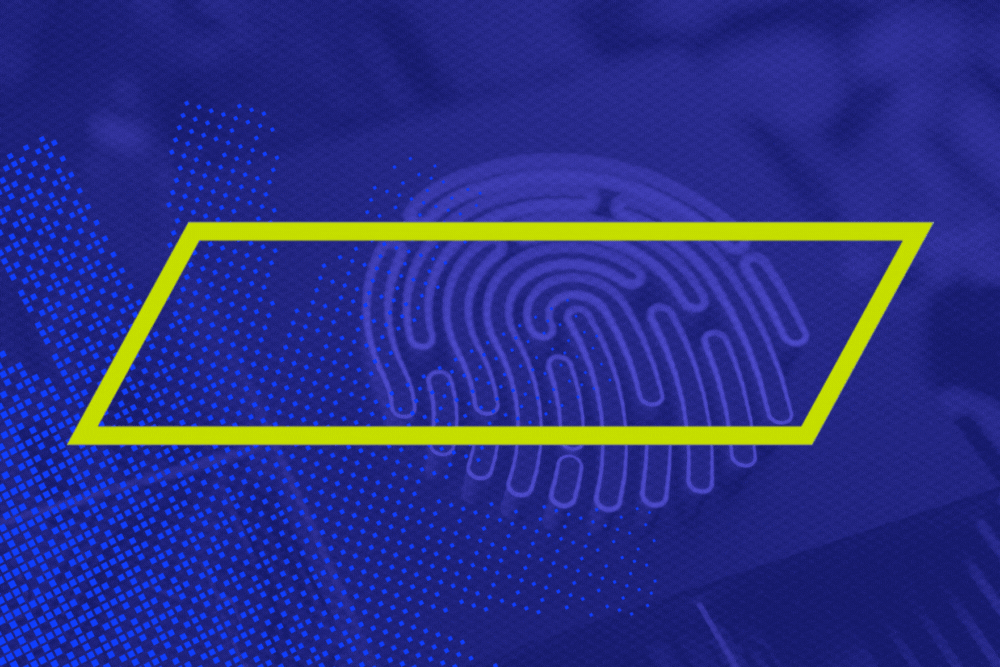Why Customer Experience Can Make or Break Your Business
When Greg’s internet service failed during a client presentation, he spent 45 minutes on hold, had to repeat his history, and waited three days for a resolution. He didn’t just switch providers; he shared the story with colleagues, posted a review, and warned peers at industry events.
According to the American Express Global Customer Service Barometer, U.S. consumers tell an average of 16 people about a bad customer service experience, nearly 2x as many as the 9 people they tell about a good experience.
One frustrated customer can become a nightmare that costs your business far more than the original service issue.
Your customers expect a great experience. They want faster responses and personalized service. They want issues solved on the first try. When you do not deliver, they will find someone who will. And they will tell everyone about it.
You do not need a massive budget or complicated tools to see results. Small, focused improvements can transform how customers experience your business. Here are four proven strategies designed for growing companies.

CX Improvement #1: Map Your Customer’s Complete Journey
Most businesses focus on individual touchpoints. You measure phone support. You track website response times. You look at store satisfaction scores. You might miss the bigger picture.
Your customers do not think in terms of touchpoints. They think in complete experiences. Business outcomes like revenue, churn, and repeat purchases align more strongly with overall journey performance than with the performance of individual touchpoints.
Start by following your customers from first contact to purchase and beyond. Where do they get stuck? What causes frustration? What brings delight?
Case in point
One small insurance company found a 90% satisfaction rate at each touchpoint. Sounds great. Not quite.
When they measured the full journey, scores fell by almost 40% across the experience. Each small friction point added up to a poor outcome.
- Scores improved after journey fixes.
- Customers stayed.
- Revenue grew.
Action Step
Pick your most important journey, like new customer onboarding or problem resolution. Map every step from start to finish. Ask customers about the entire process, not only individual touchpoints.
CX Improvement #2: Implement a Unified Telecom Platform
Customers expect to connect on their terms. They might start on your website, call your office, and follow up by email. If your systems do not talk to each other, customers repeat themselves.
A unified communications platform (UCaaS) brings calls, video, chat, and contact center tools into one system. Everyone sees the same history, issues get resolved faster, and customers feel heard. These all-in-one platforms keep teams connected and customers engaged.
Consider this: A 5% increase in retention can yield a 25% boost in profitability. Make it easy to get help and customers stick around.
Action Step
Evaluate your setup. How many systems do teams use to talk with customers? Plan to consolidate into a single platform like 8x8 that gives everyone the same view of each customer’s history.
CX Improvement #3: Empower Your Front-Line Employees
Front-line employees shape customer experience. Many companies tie their hands with rigid scripts and heavy approval processes.
Companies that excel at journeys tend to win. Those journeys depend on empowered employees who can solve problems on the spot.
Case in point
Disney theme park employees create magical moments. A child dropped her favorite doll in a mud puddle. Staff cleaned it, made a new outfit, took photos with other dolls, and returned it that evening. Pure magic.
This comes from training toward a clear goal: create happiness. They hire for attitude, and give people authority to fix problems without long approval chains.
Action Step
Review policies. Where must employees escalate common requests? Remove unnecessary approval layers for routine problems. Equip teams with the tools and access they need.

CX Improvement #4: Invest in a Trusted IT Team
Your IT organization is the backbone of customer experience. It enables personalization, efficient service, and seamless omnichannel support.
When systems go down, experience stops. Slow sites drive customers away. If data is not secure, trust collapses. Strong IT prevents these outcomes.
Consider the cost of downtime: one hour of failure can cost small businesses thousands. Larger companies can lose millions per hour. The deeper cost is the hit to trust.
A strong IT foundation enables everything else
- To map journeys, you need systems that track interactions across channels.
- To implement reliable communications, you need a capable IT team.
- To empower employees, you need reliable tools and access to information.
Your cybersecurity strategy protects more than data. It protects trust. Many consumers say they will stop buying from companies that suffer a data breach.
Cybersecurity also supports continuity. Ransomware and security incidents can take systems offline for hours or days. During that time, customers cannot buy, reach support, or access accounts.
A trusted IT team monitors proactively, implements redundancy, and maintains strong security. They keep platforms online and performing under pressure. Automation and integration reduce errors and speed resolution across the organization.
Action Step
Evaluate your IT setup. When was your last outage? How fast can you resolve issues? Do customer-facing systems have adequate backup and security? If you lack internal expertise, consider a managed IT service provider that aligns systems to your CX goals.
Your Success Strategy
Improving experience does not require reinventing your business. Focus on what matters most: consistency, speed, and trust. CX leaders grow revenue faster than competitors because satisfied customers spend more, stay longer, and share their stories.
- Map journeys, not only touchpoints.
- Unify communications to remove silos.
- Empower people to solve problems.
- Build IT and security that protect every interaction.
Your customers will notice. Revenue will follow. The companies that win make every customer feel valued, understood, and supported.






